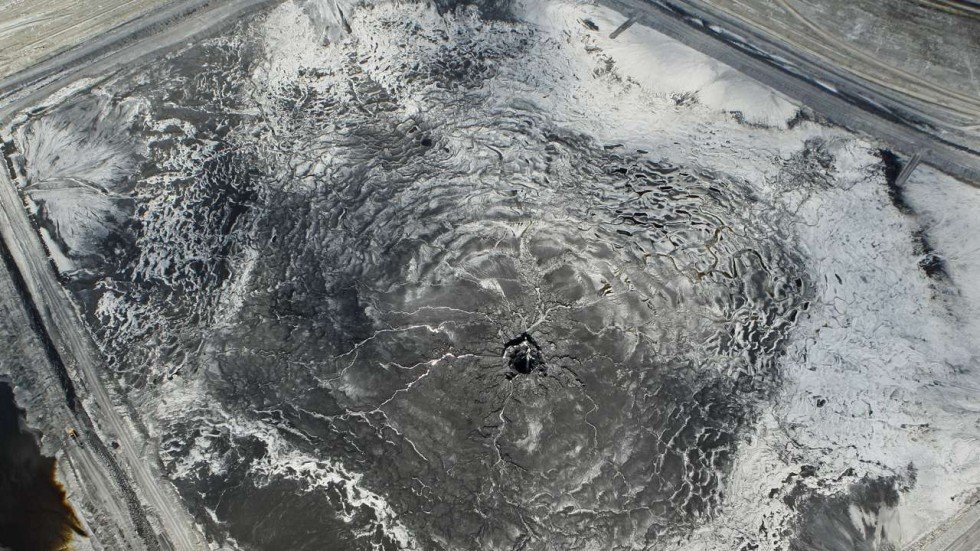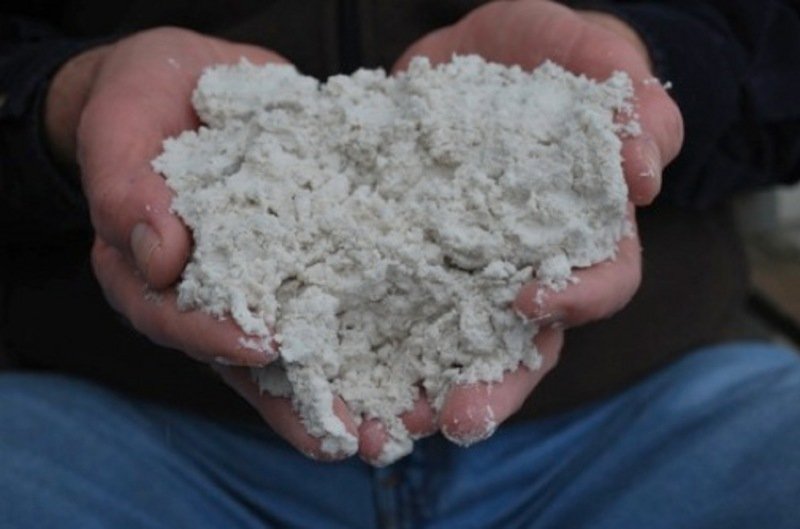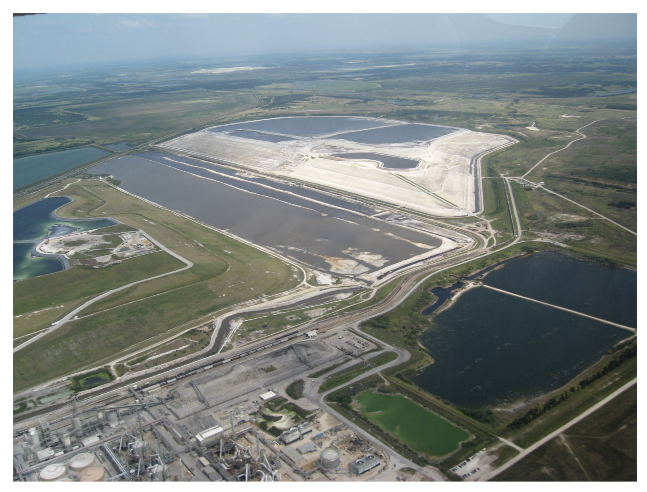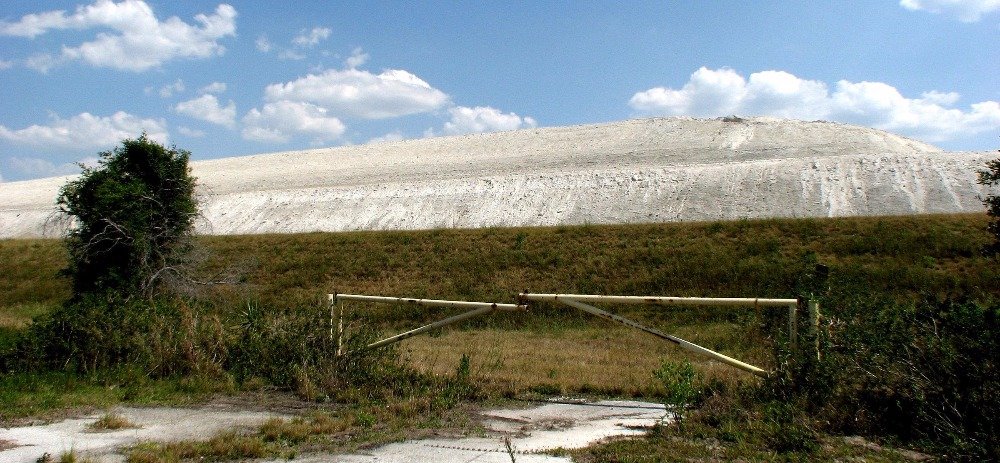Let's talk about the sinkhole in Florida, shall we? Last Thursday, Mosaic Fertilizer announced that a 45-foot-wide sinkhole had formed under one of the waste storage stacks at its phosphate fertilizer plant in Mulberry, Florida. Unfortunately, along with the dirt went 215 million gallons of radioactive wastewater into the Floridan aquifer. Eeeek.

The worst part, however, was that the sinkhole had formed at least twenty days prior. Apparently they were super busy and didn't really have any time to tell anyone. Not to worry, though, the guy from Mosaic said the massive spill won't hurt anyone.
Right.
Almost 90% of the drinking water in florida comes from the aquifer—which is a fancy word for underground water. Now, I am not saying that everyone in Florida should be scared that their water is contaminated with Mosaic’s wastewater, but the people near the facility are very much at risk. The wastewater that fell through the sinkhole is loaded with contaminants, and with over 215 million gallons, there is certainly enough to go around.
Gypsum and the Production of Phosphoric Acid
As I mentioned, the facility that it came from is a phosphate fertilizer manufacturing plant that produces over 4.8 million tons of phosphate fertilizer and animal feed ingredients each year. It is also the largest fertilizer manufacturing facility in the world. In order to make its phosphate fertilizer, Mosaic requires lots and lots of phosphoric acid, which it happens to make in-house.

Phosphoric acid is produced at the plant by mixing ground phosphate rock with water (slurried) and combining it with sulfuric acid. Calcium sulfate, commonly referred to as phosphogypsum or gypsum, is the byproduct remaining after this process. Gypsum contains a high concentration of radium, uranium, and other uranium decay products which, as you probably know, is radioactive. Like the Imagine Dragons song. Plus, it also contains trace metals in concentrations which the EPA believes pose a potential hazard to human health and the environment. Metals such as arsenic, lead, cadmium, chromium, zinc, antimony, iron, and copper. For every ton of phosphoric acid made, approximately 5 tons of gypsum is produced.
Once the phosphoric acid is made, the gypsum is pumped into an open storage area called a gypsum stack or gypstack. These stacks are typically shaped like a pyramid with wastewater sitting on top. And they are huge. So big in fact that you can see them from outer space.

The stack at Mosaic’s plant occupied over 340 acres, with walls that stood 200 feet high. Gypsum stacks keep getting higher over time, actually, because plant owners use the sludge to keep building them up so they can fit more wastewater. Say, 215 million gallons worth. The wastewater that was released into the sinkhole in Florida last week contained everything from spent sulfuric acid, wastewater generated from cleaning phosphoric acid production pipes and equipment, to acidic cooling water with high concentrations of phosphorus and fluoride, and other contaminants that settle in the gypstack. Sound harmless, right?

Sadly, the sinkole was not the first at Mosaic’s plant. In 1994, a sinkhole formed underneath another gypstack, releasing an estimated 4 to 6 million cubic feet of gypsum and waste water into the aquifer. And again in 2004, another sinkhole developed underneath a gypstack. Yes, sinkholes happen in Florida, but if you are going to be in the business of storing millions of gallons of toxic waste, you better do your homework and make sure you don’t build your pit on unstable ground.
